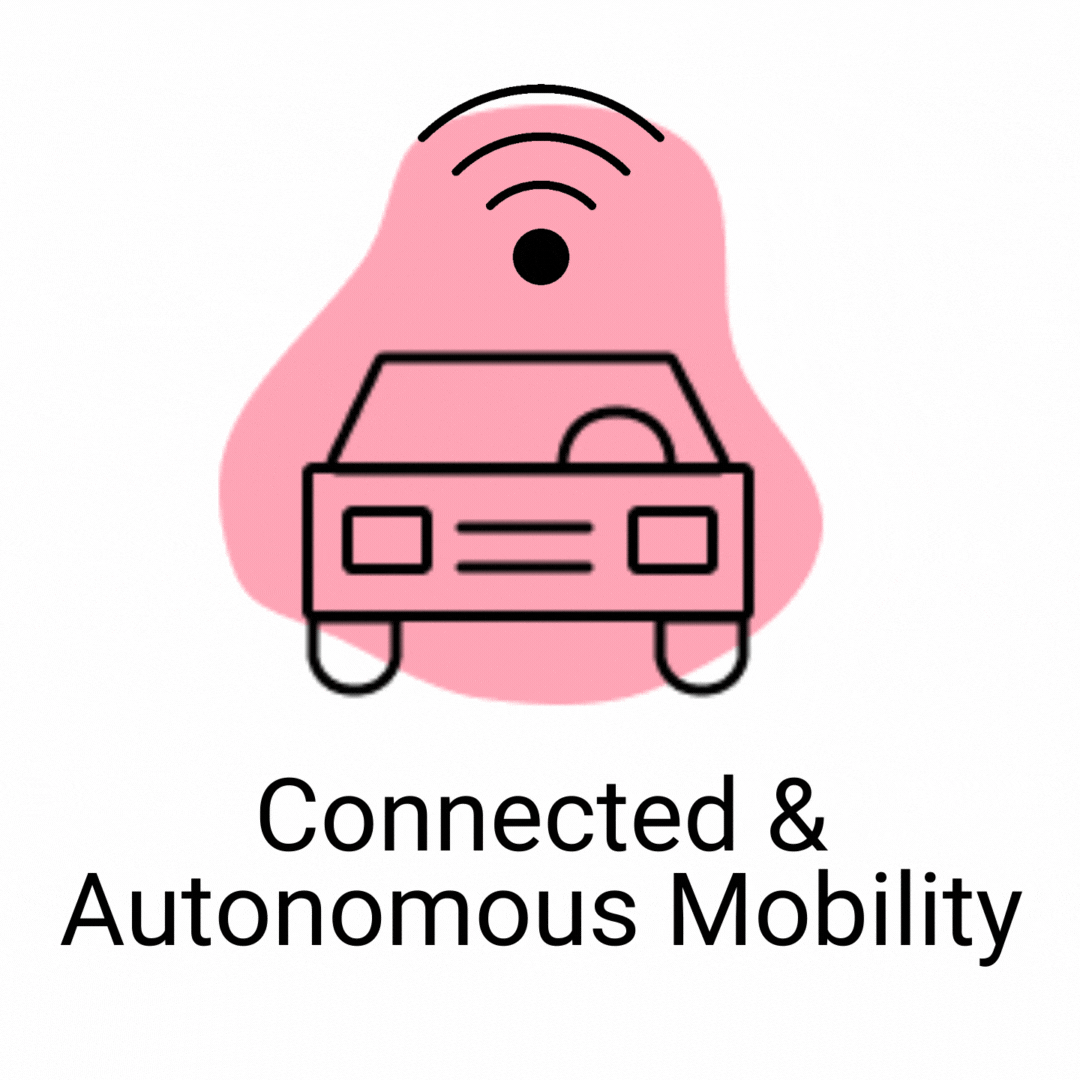Overview
The Importance of Integrative Vehicle-Traffic Control
In the United States, gasoline consumption by the transportation sector in 2016 was about 143.37 billion gallons, a daily average of about 9.33 million barrels. At the same time, traffic congestion on urban roads causes extra fuel consumption as well as additional travel delays. The 2015 Urban Mobility Scorecard estimated that U.S. highway congestion costs $160 billion a year, and the average American commuter loses 42 hours per year due to traffic congestion. Therefore, it is imperative to reduce traffic delays and improve transportation energy efficiency in urban areas.
Fuel consumption and traffic delays in urban areas can be reduced by optimizing traffic signal control strategies. Adaptive signal control methods, which are the most advanced traffic signal control methods so far, include swarm algorithms, platoon-based algorithms, rolling horizon approaches, and oversaturation algorithms, etc.
Recent advances in communication and transportation, such as connected and autonomous vehicles, bring both opportunities and challenges to urban traffic control. Connected vehicle technology allows for the vehicle to vehicle, vehicle to infrastructure, and vehicle to everything communications, so location and speed information, vehicle trajectories, traffic conditions, and signal timing can be exchanged between all elements of the transportation network. This information exchange has the potential to significantly improve mobility and fuel consumption efficiency at signalized intersections. Automated vehicles make it possible to control individual vehicles, such as trajectories, engines, exhaust systems, and battery management (in electric vehicles).
Given the communication and control opportunities presented by connected and automated vehicles, integrative vehicle-traffic control (iVTC) can help improve the safety, mobility, and energy efficiency of the transportation system. The challenge of iVTC is in the complexity of the network, as well as the difficulty of achieving improved safety, mobility, and energy efficiency simultaneously.
Research Objectives
In this project, the research team will build on work done in a Year 1 C2SMART-funded project, in which a decomposition method was developed to address traffic signal optimization. The method prioritizes safety first, mobility second, and energy third. First, the dual-ring diagram signal design method is applied to guarantee safety. Then, optimization methods are developed for the intersection to improve mobility. Lastly, individual vehicle trajectories and speeds are controlled to minimize fuel consumption once safety and mobility goals are met. This method has only been applied to a single intersection and assumes all vehicles are CAVs, so this project aims to extend this approach to deal with the coordination of multiple signals in a corridor or network and account for a mix of CAVs and non-CAVs in the traffic flow.
More information on the researchers’ prior work in this area can be found on the Intelligent Urban Transportation Systems website.
The researchers plan to investigate the critical issues involved in traffic control at intersections with CAVs in connected/automated cities. In particular, the team aims to achieve the following objectives:
- Develop methods to deal with mixed traffic flow, i.e. human-driven vehicles mixed with CAVs
- Develop CAV-based signal coordination methods with multiple signalized intersections
- Test/validate the methods in simulation and through a real-world CAV testbed and/or using testbed data






